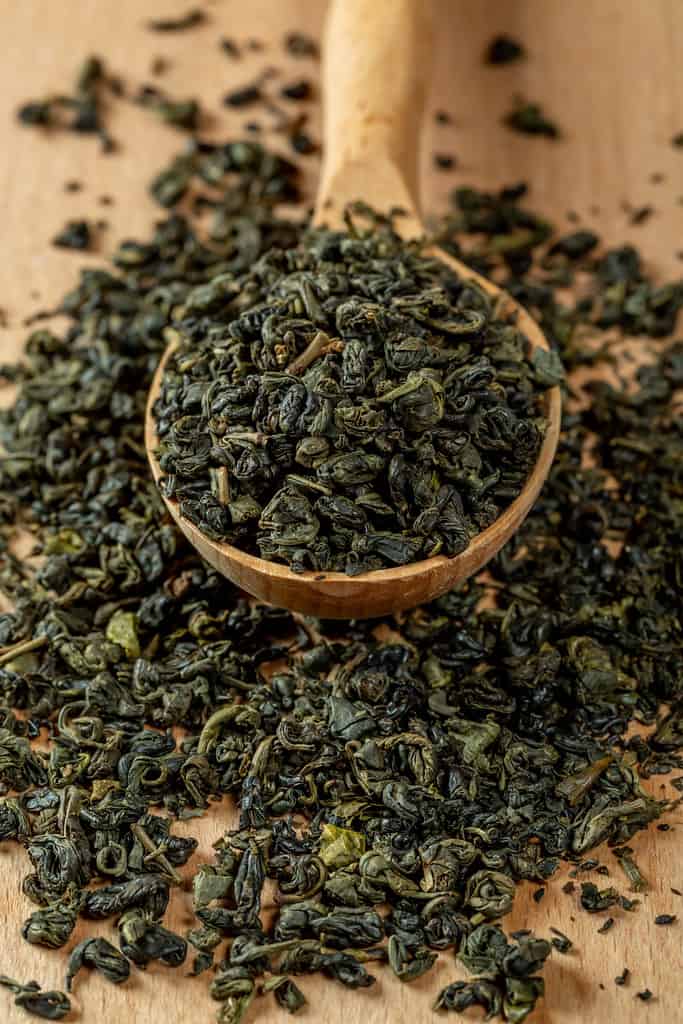Despite the border dispute between the neighbouring countries, India and China, India continues to exports tea to China.
Tea Export- Import Relationship Between the Nations
In 2019, India overtook Sri Lanka and became the largest exporter of tea to China. China is the largest producer of green tea in the world. Nonetheless, there has been an increase in the demand for black tea among Chinese millennials. That has helped India capture a market in China. Even though there is an ongoing border dispute between India and China, Chinese exporters are still offering reasonable prices for Indian black tea.
Rise in Tea Prices May Push Exports Down
Lower production of tea has resulted in higher prices, and this has pushed exports down. The chairman of the Indian Tea Exporters’ Association notes that the India CTC (Crush Tear Curl) is likely to be impacted by higher production and lower prices in Africa. The export to CIS countries decreased from 56.40 million kg to 60.72 million kg. On the brighter side, the shipping to both Iran and China have marginally increased.

Nation First Stand by Tea Board Chief
The Tea Board chairman Mr Prabhat K Bezbaruah noted that trade could not get precedence over national interest. Mr Anshuman Kanoria stated that the Nation is above all and echoed a similar sentiment. He also included that they are further monitoring the situation closely. China makes up only 5% of India’s export basket when it comes to tea. But, it is indeed an up-and-coming market for Indian exporters.
54% Decline in Output Due to COVID-19 Lockdown
The first flush is essential as it is the very first plucking of a tea plant’s harvest season. However, due to the pandemic induced lockdown, tea production was disrupted across the country. Due to this, we lost a lot of the first flush crop. In April, Assam alone witnessed a 76% decrease in output. Overall, there was a 54% plunge in tea production in April in the country. Adverse weather conditions and also the shortage of migrant labour has resulted in this decrease in output.
The statement issued by the Indian Tea Association stated that the existing financial packages yielded very little. Thus, forcing the tea sector to demand a better financial package which includes interest subvention and an increase in working capital limits.